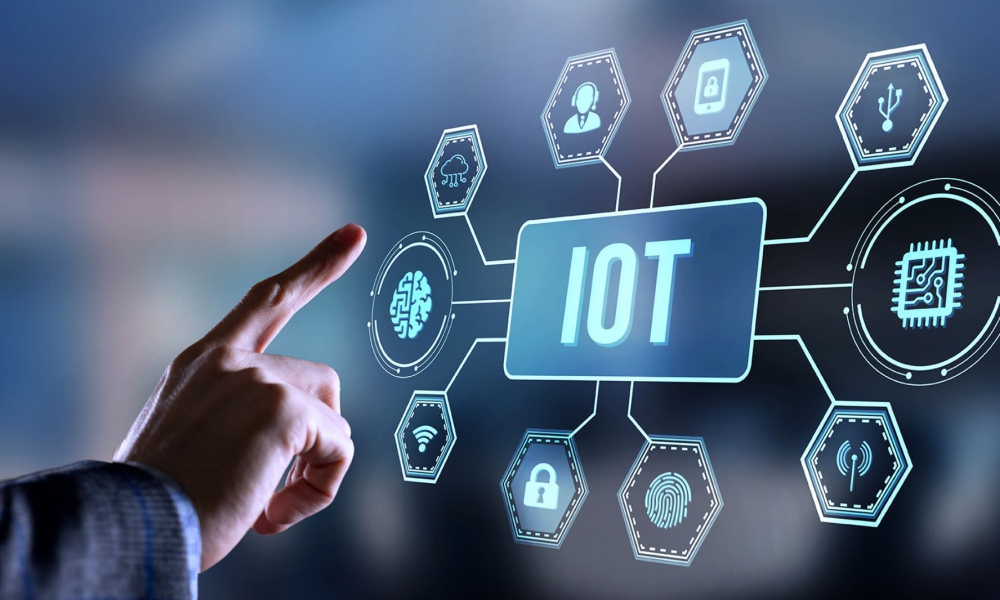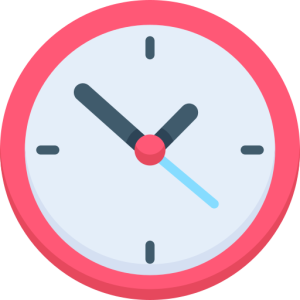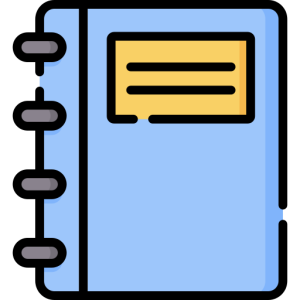
Internet of Things (IoT) Devices and Cloud
 02 Months
02 Months V Sem
V Sem
Er. Mahendra Singh and Er. Nurmesh
Introduction of Course :
The Internet of Things (IoT) promises to transform the way we live, work and play. However, while there’s no lack of IoT platforms, business models, and innovative products in the market, today’s products are still immature point solutions. Given the immature state of IoT, what should transformation, business, and IT managers do today? Here are five things that you can do now, as you plan an IoT project and prepare to deploy.
This module provides the theoretical and practical aspects of interfacing sensors and actuators, making informed world of Things speaking to each other. The different type of communication modes and models are discussed in detail. The in-depth knowledge of software and packages is provided to make applications in IoT paradigm.
Upon successful completion of this course, the student should be able to:
- Understand how connected devices work together to update other applications
- Acquire knowledge to interface sensors and actuator with microcontroller based Arduino platform
- Writing C programs in Arduino IDE.
- Understand the Communication between microcontroller and PC using serial communication
- Build IoT based applications and understand how data flows between things.
- Understand how electronic devices control electrical appliances working at 220v AC
Course Plan:
| S.No. | Topics | Contents |
| 1. | Introduction to IoT- Applications/ devices, protocols, communication model | After completion of this unit of module
|
| 2. | Things and Connections | After completing this unit, learner will be able to understand
|
| 3. | Sensors, Actuators and Microcontrollers | After completing this unit, learner will be able to understand
|
| 4. | Building IOT Applications | After completing this unit, learner will be able to understand
|
| 5. | Security and Future of IOT Ecosystem | After completing this unit, learner will be able to understand
|
| 6. | Soft skills- Personality Development | After completing this unit, learner will be able to understand
|

